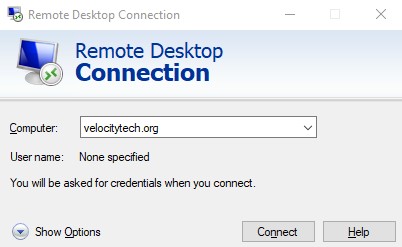CCR(Continuous Cluster Replication) in Exchange 2007 and why it is your optimal disaster recovery solution
March 4, 2009Did your Exchange 2007 database disappear but users can still connect
March 5, 2009With the latest version of Exchange 2007 you get two new features that were not available before, SCR and CCR. Today I’m going to discus why using SCR in conjuction with CCR is your ultimate solution to disaster recovery. For more information on why CCR is the best HA(High Availability) option in Exchange 2007 see this link.
First thing I want to talk about is when an organization would need SCR. SCR is basically a warm standby server that maintains a copy of your Exchange database. This is most commonly an offsite solution so that if something were to happen to your building where your primary server is located you can restore with losing email, it basically gives you site resilience.
SCR has the ability to provide a diaster recovery option for the following types of Exchange implementation:
- Standalone install
- CCR(Continuous Cluster Replication)
- SCC(Single Copy Cluster)
How SCR differs from CCR and LCR
- You can replicate your data to multiple SCR targets for further redundancy
- You can specify the delay period on your replication. This way if your CCR or LCR data becomes corrupt you have time to break the synchronization

Remember with SCR as well as LCR(Local Continuous Replication) and CCR(Continuous Cluster Replication) you will also need the enterprise version of Exchange 2007.



